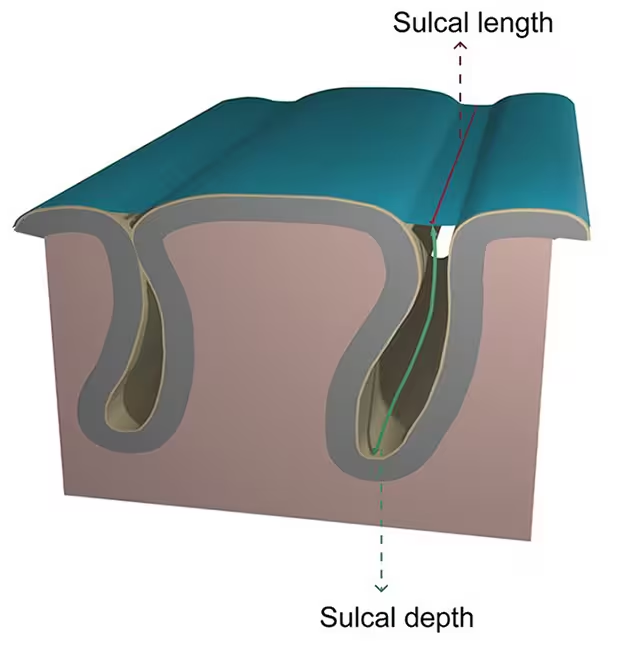4 Minutes
The Complex Landscape of the Human Brain
One of the most remarkable features distinguishing the human brain from those of other animals is the intricate pattern of its folds and ridges, collectively known as sulci and gyri. Recent neuroscientific research is shedding light on the crucial roles these brain wrinkles play—not just in compacting neural tissue but in enhancing cognitive connectivity and reasoning capabilities.
A study spearheaded by neuroscientists at the University of California, Berkeley (UC Berkeley) has explored these cerebral structures in unprecedented detail. By analyzing brain scans and neural activity from 43 young adults, researchers focused on two critical regions: the lateral prefrontal cortex (LPFC) and the lateral parietal cortex (LPC). Both areas are central to reasoning, high-level cognition, and the processing of complex information.
Scientific Background: Anatomy of Sulci and Cognitive Function
The brain's outer layer, or cortex, contains a network of grooves—large ones termed sulci and tiny ones known as tertiary sulci. Tertiary sulci are particularly intriguing because they develop last during brain growth and show considerable variation between individuals. The latest research aimed to understand how the physical characteristics of these grooves might correlate with mental abilities and neural efficiency.
According to lead researcher Kevin Weiner, "The hypothesis is that sulcal formation creates shortened pathways between connected brain regions, potentially boosting neural efficiency. This could translate to individual differences in cognitive performance with potential clinical applications."
Through detailed imaging and connectivity analyses, each sulcus was found to have a unique connectivity signature. Importantly, the physical structure of specific sulci was linked with communication levels—not just between nearby regions, but across the brain’s vast network. This finding builds upon previous studies, including a 2021 investigation by the same team, which connected sulcal depth in certain areas to stronger reasoning abilities.

Implications for Individual Variation and Brain Health
The study highlights that nearly 60–70% of the brain’s cortex is concealed within these folds, and the configuration of sulci evolves over a person's lifespan. Tertiary sulci, in particular, exhibit significant person-to-person variation, which may help explain differences in reasoning, learning, and even susceptibility to neurological conditions.
Neuroscientist Silvia Bunge of UC Berkeley notes, "Sulci can deepen or become shallower throughout development and can have thicker or thinner regions of gray matter—likely influenced by life experiences. However, an individual's basic pattern of sulci, including size, shape, and location, is relatively stable. For a small number of sulci, their very presence can even be considered an individual trait."
Unlike the traditional view that sees brain folds primarily as a way to maximize surface area within the skull, emerging evidence suggests these structures are foundational to brain function, adaptability, and possibly our evolutionary trajectory as a species.

Future Prospects: Mapping Sulci for Early Diagnosis and Neuroscience
This research opens new avenues for understanding brain development, learning differences, and the assessment of atypical neurodevelopment. In time, neuroscientists aim to create detailed sulcal maps that could aid clinicians in tracking children’s brain maturation and in detecting early markers of neurodevelopmental disorders. However, the researchers emphasize that sulcal depth and length are but two factors among many—cognitive abilities result from a complex interplay of anatomical, functional, and experiential influences.
As Silvia Bunge underscores, "Cognitive function depends on variability in a host of brain features. Crucially, experiences like quality education significantly shape an individual's cognitive path, and these trajectories remain flexible even in adulthood."
Conclusion
This expanding field of research highlights the profound relevance of brain folds—once considered mere structural curiosities—in powering human intellect and adaptability. By decoding the patterns of sulci, scientists are not only enhancing our understanding of the brain’s architecture but also paving the way for innovations in personalized education, early diagnosis of brain disorders, and perhaps future cognitive enhancement technologies. The journey to fully unravel the mysteries of our brain's hidden contours is just beginning, with the promise of revealing even deeper insights into what makes us uniquely human.
Source: dx.doi



Comments